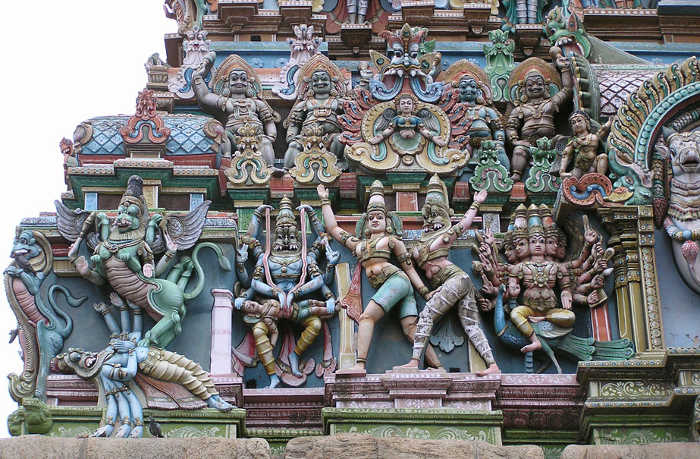FWP:
SETS == SYMMETRY
IDOL: {8,1}
WRITING: {7,3}
For background see S. R. Faruqi's choices. This verse is NOT one of his choices; I thought it was interesting and have added it myself. For more on Ghalib's unpublished verses, see the discussion in {4,8x}.
The nāqūs was originally something entirely different (see the definition above), but has been repurposed in the ghazal world to mean the conch shell that is often blown as a part of Hindu worship. For more on this kind of redefinition, see {60,8}. For another nāqūs verse, see {298x,5}.
Through the power of grammatical symmetry, we can take the first line to be about the nature of idol-worship, as in (1a), or else about the nature of drawing or writing, as in (1b). Either way, the use of bahār makes it sound like a flourishing, thriving activity, one in its prime. So why does every scratching of the pen make a 'lament'? No doubt we can come up with possible reasons (finiteness, mortality, meaninglessness, the human condition in general), but still the 'connection' of the lines leaves something to be desired.
Compare the deservedly preeminent 'scratching of the pen' verse, {169,13}, the only one selected for the published divan.

Asi:
The painting/description of the age is, so to speak, idol-worship; and in the condition of painting/describing there is a reversal of education, from which a sound emerges that is, so to speak, the sound of the conch.
== Asi, p. 72